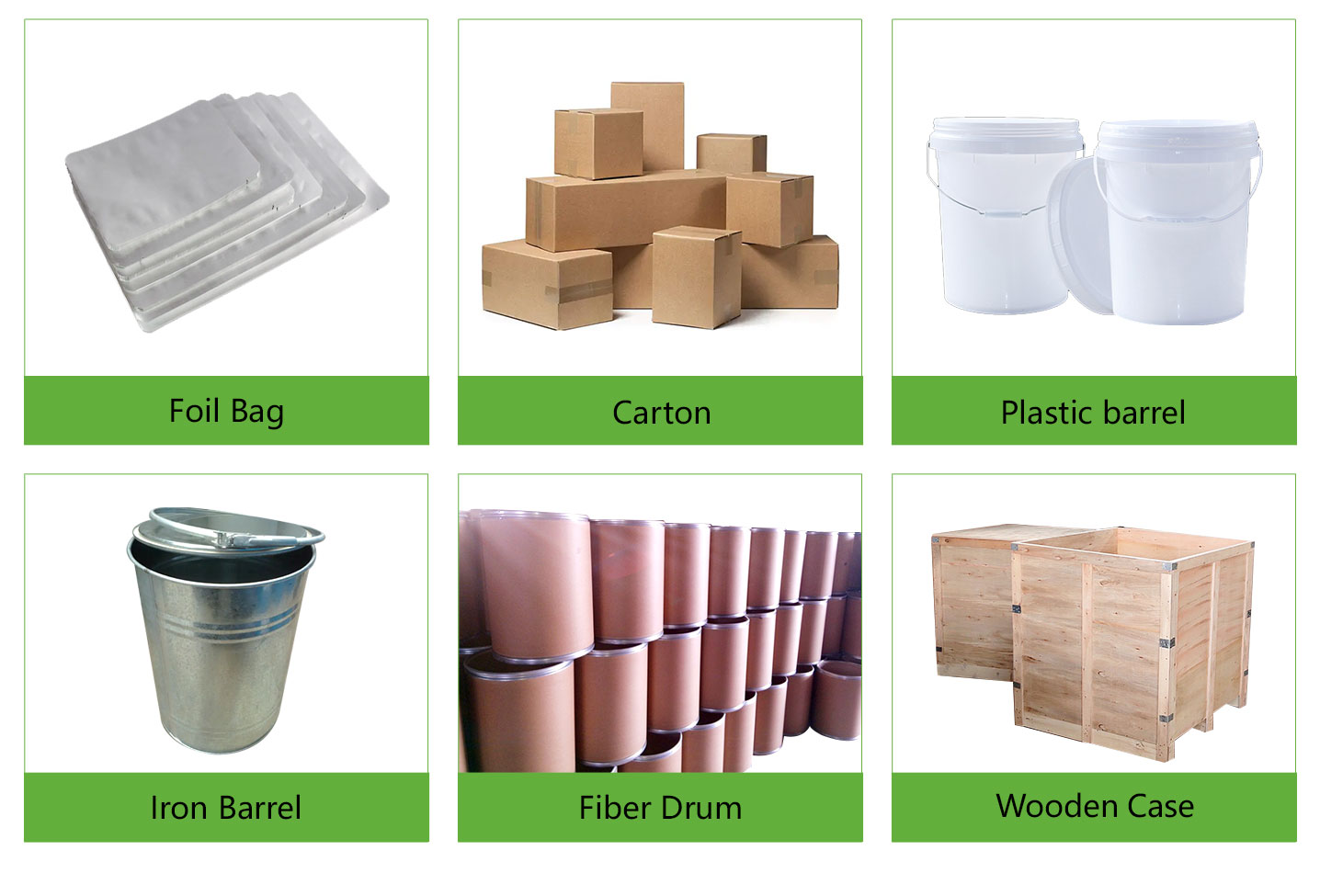What is zirconium Diboride?
Zirconium boreide is a chemical and has the molecular formula ZrB2. Nature gray hard crystal. The three main components of zirconium Boride are zirconium monoboride (zirconium diboride), zirconium trimoride (zirconium triboride) and zirconium triporide. The stability of zirconium boride in wide temperatures is limited to the diboride. The majority of industrial production uses zirconium boride. Zirconium dioxide is a hexagonal or gray crystal, powder, or crystal with a relative density of 5.8. The melting point at 3040°C is 3040°C. High resistance to thermal shock, high resistance to oxidation, and good resistance at low temperatures. Metallic luster. The melting point is approximately 3000degC.
Making Zirconium Diboride Pulver
ZrB2 powder can be prepared primarily using high-oxide or zirconium for boronization. Traditional synthesis involves the use of a high-temperature induction furnace, resistance furnace to achieve oxide carbothermal reducibility. While this is a straightforward process, it is not as efficient. Also, at around 1800°C, the quality of synthetic powder is less pure and the particle sizes are larger. , Poor sintering activity. Methods such as carbothermal reduction and high-temperature auto-propagation methods, mechanical alloying methods, ceramic precursor cracking techniques, and liquid phase methods, among others, are available. These are the most common now.
Zirconium Diboride ceramic Materials
Zirconium Diboride Ceramics are highly valued for their use in composite, high-temperature, structural, and electrode materials. These include turbine blades, and magnet fluid power generation electrodes for the aviation industry. Additionally, it is more conductive than other ceramic materials. It can also be used in wire cutting to create complex shapes.
Refractory
ZrB2 ceramics make excellent special refractory material, and can be used for high-temperature thermocouple protective sleeves, casting moulds, metallurgical crucibles, and other purposes. These ceramics aren’t very conductive and leaky when they are used for thermocouple protection sleeves. For accurate temperature measurement, the thermocouple protection sleeves must be used in conjunction with an alumina inner shirt. You can use the thermowell for extended periods in brass and molten metal melt. ZrB2 ceramics may also be used to protect refractory materials.
Electrode materials
ZrB2’s low resistance and electronic conduction conductive mechanism make it suitable for electrode materials and electric shock materials. It can also be used to create metal thermocouple electrodes or high-temperature heating elements. A sleeve type thermocouple material was developed by researchers in 1994. It is paired with ZrB2 (graphite) and it can be used for high temperature heating elements. Research has shown it works in an oxidizing environment at 12001600°C. This thermocouple can also be used for continuous temperature measurements in special circumstances where other metal thermocouples or radiation thermometers may not work. It makes a great thermocouple.
Rmcplant (aka. Advanced material by Rmcplant . With over 12 years’ experience, Rmcplant is an established global supplier of chemical material. High purity, small particles size, and low impurity are the hallmarks of our
Zirconium Diboride Powder. We can help you if your requirements are lower.
Inquiry us
